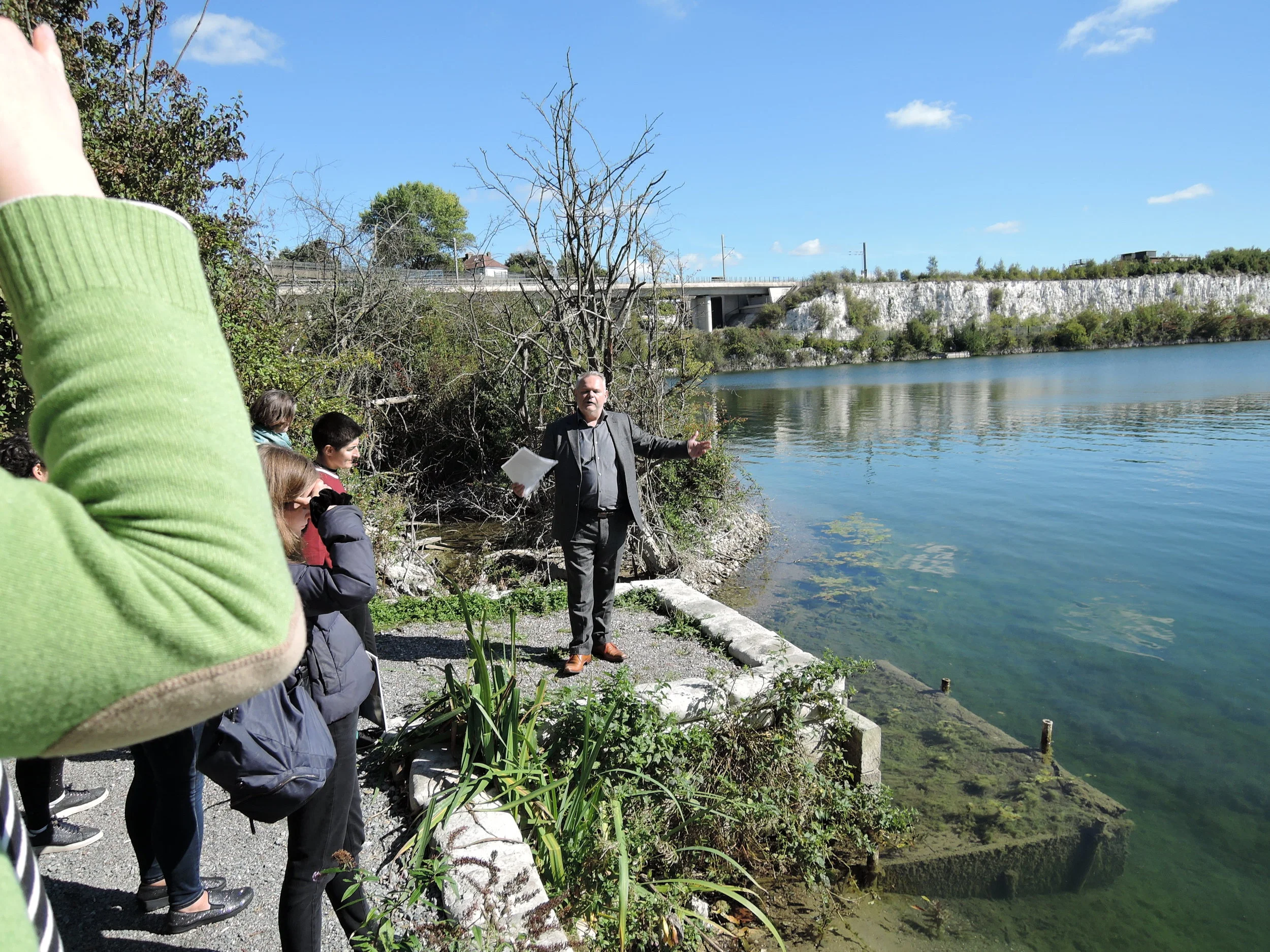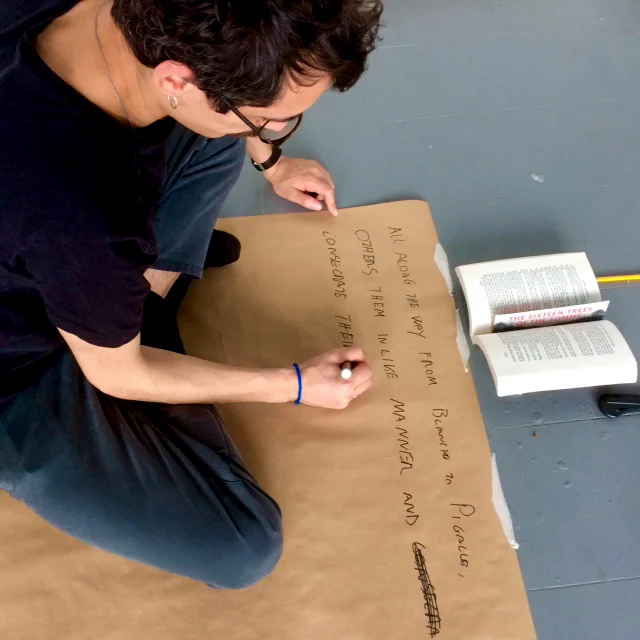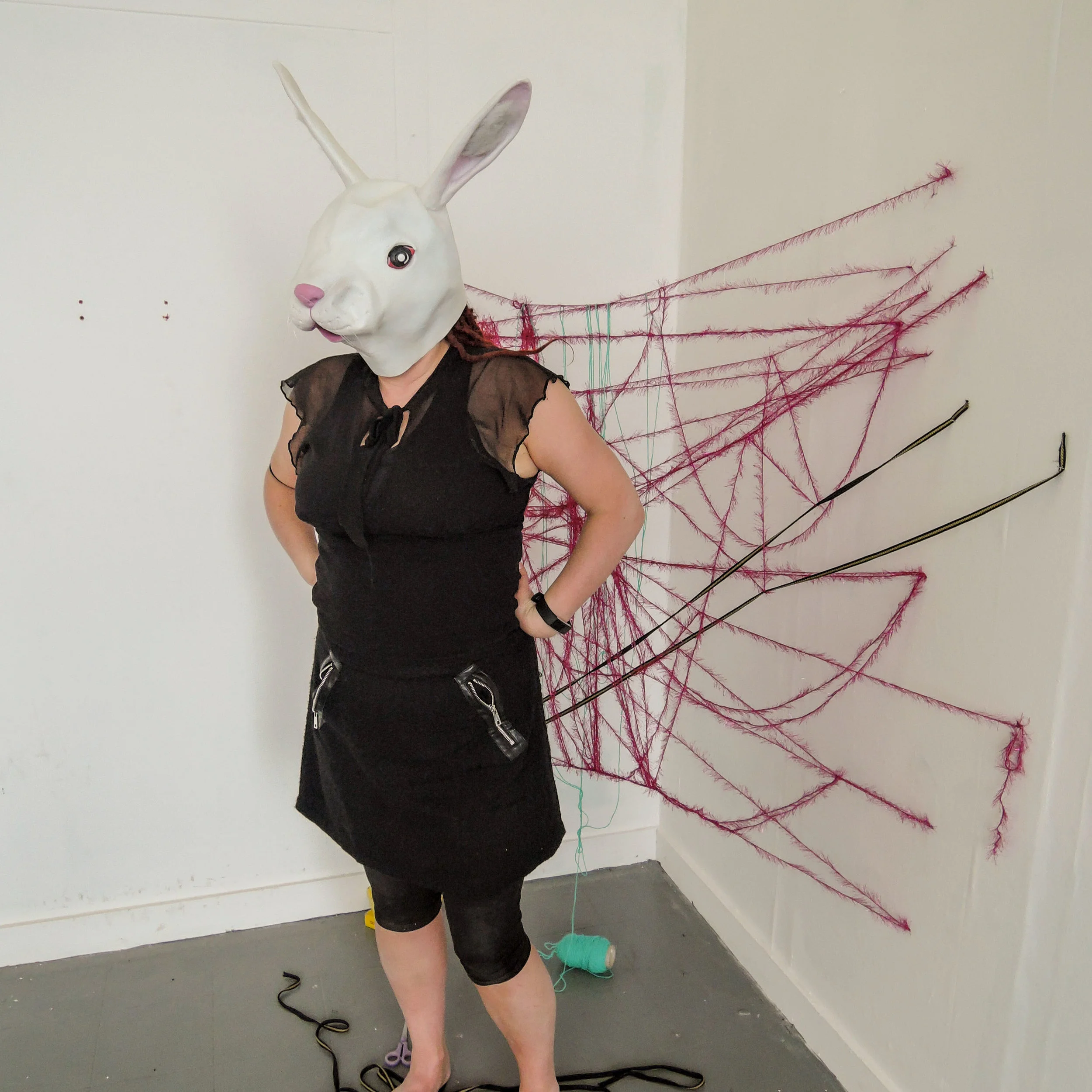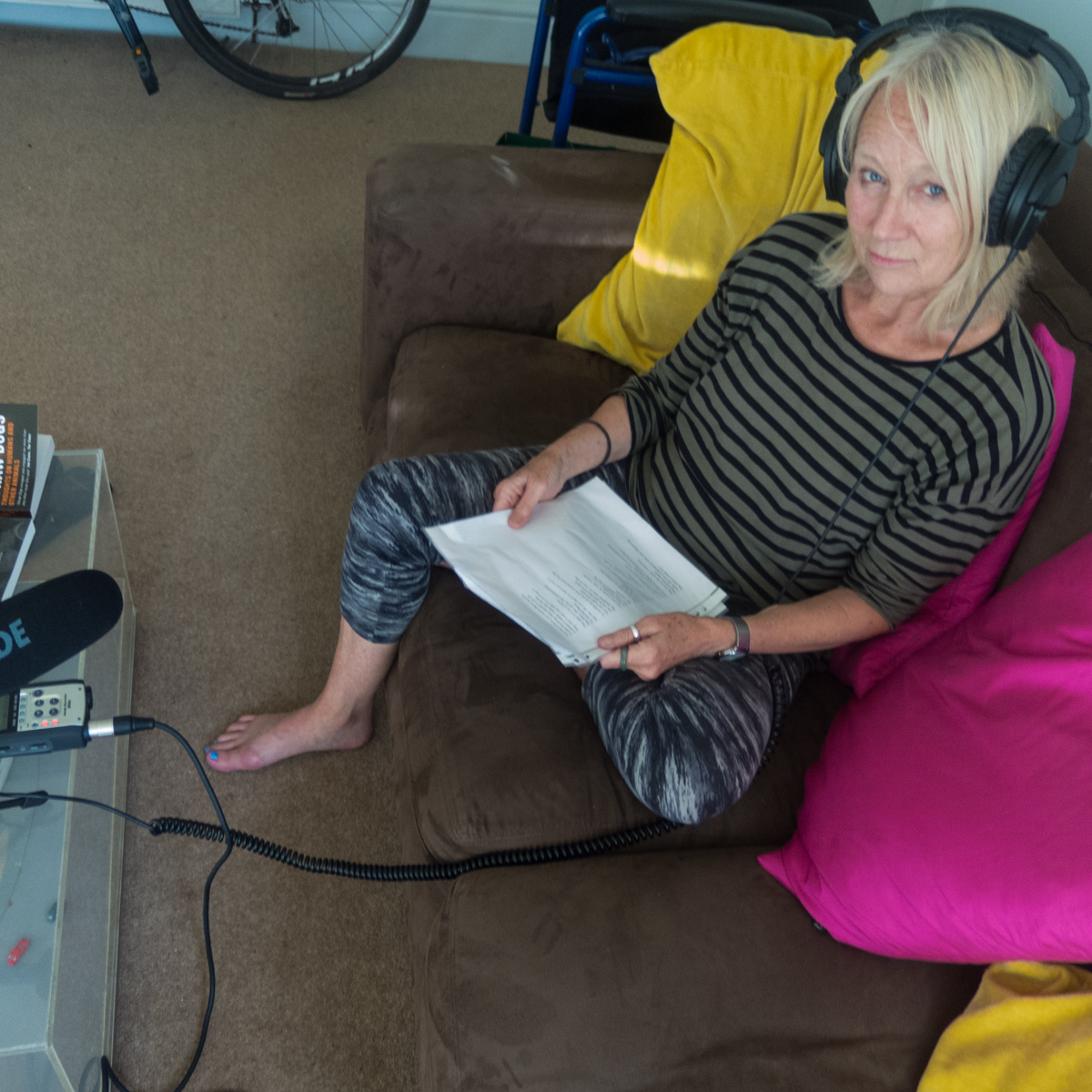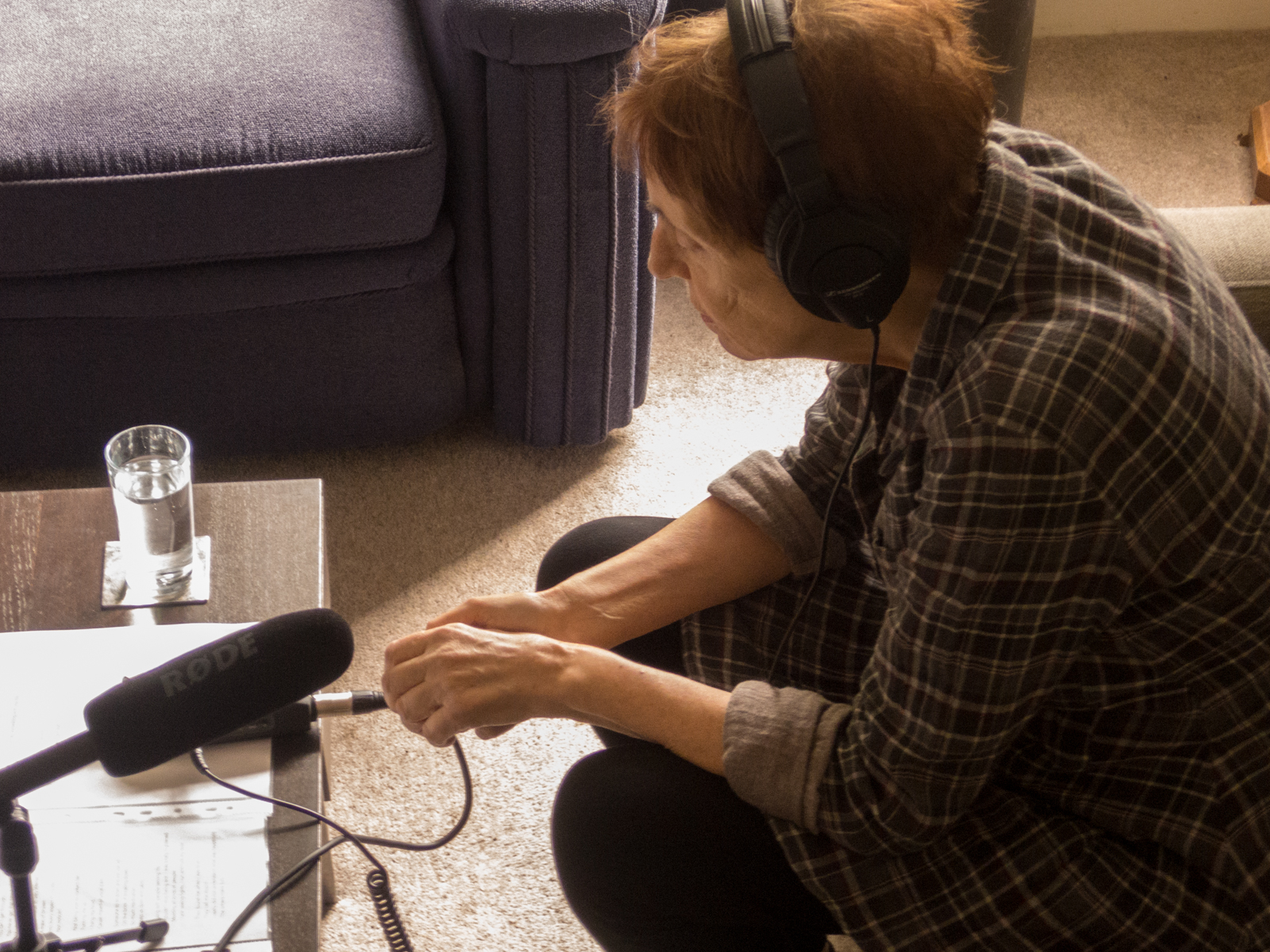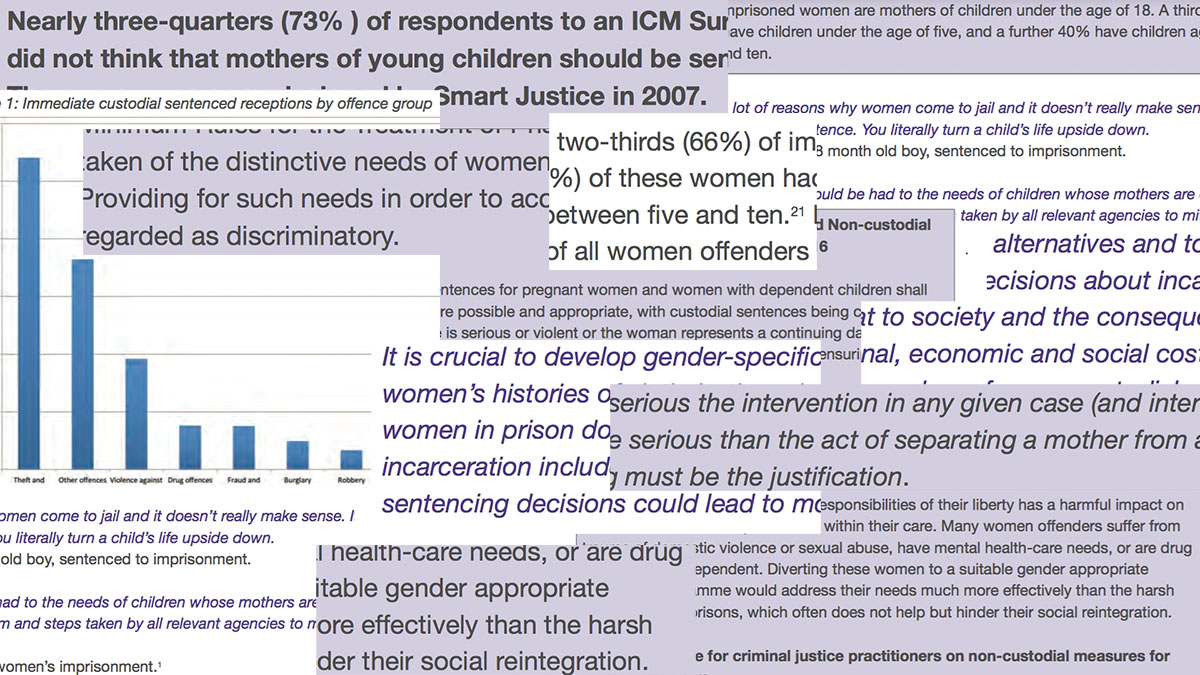DREAMS OF EBBSFLEET
I dreamt of moving to Ebbsfleet. My father and brothers were working in the cement quarries. I helped my mother at home: washing, ironing, cleaning, cooking and baking. Tall smoky chimneys towered over us and we were permanently covered in white dust which found its way into nostrils and ears and tasted vaguely limey. We shouted over the endless cacophony of industrial machinery, the hissing of steam, the clank and grind of trams and the workers’ cries. We held the Owner in respect: he was reputed ruthless. Cross him and we would not eat.
I dreamt of moving to Ebbsfleet, a new town redolent with promise, a garden city in its infancy, brimming with potential, yet built on the solid foundations of Kent’s industrial heritage. Ebbsfleet Garden City: commanding breathtaking views over the Estuary; boasting a spectacular topography of chalk cliffs, secluded limpid lakes, hills and viewpoints; benefiting from its proximity to the traditions and graceful architecture of Dickens’ and Turner’s Gravesend and the contemporary convenience of Bluewater shopping centre.
I dreamt of moving to Ebbsfleet: I counted my life away: fifteen minutes’ bicycle ride east to find a proper swimming pool and fifteen minutes west to access the river, twelve minutes on the bus to see a film at Bluewater. It’s just seventeen minutes to town: the last train back, like Cinderella’s carriage, leaves at midnight.
I dreamt of moving to Ebbsfleet, but the idea of moving to this not-half-built wasteland put me in a panic. I would fail to fit in to the community: I’d forget to weed the drive, I have no kids and no aspirations. Growing up among decent people I felt the punishments meted out to those of us who don’t buy the dream: those who want something different. I ran away from Weybridge and I would run away from Ebbsfleet.
I dreamt of moving to Ebbsfleet. I was in a quarry from which there was no escape – everywhere I tried to run there were barriers: unscaleable white cliffs, sealed tunnels, stretches of water that I couldn’t reach, railway lines that didn’t connect, roads with relentless streams of traffic, and, between me and the mighty Estuary, a high-security fence.
I dreamt of moving to Ebbsfleet. We were kings of a castle with outline planning permission only, built on landfill. We leapt with giant steps from cliff to cliff, escaping those imprisoning ridges. We held back the bulldozers to save the estuary marshland from destruction for a theme park employing local youth on zero-hours contracts. We dragged the three discrete railway lines and knitted them into a network of exchange and interchange. We trod joyfully over the caravans of cars stationary on the ancient highway, as congested with traffic as it ever was with mud in the days of the stagecoach. We were mermaids with siren songs: pilots for Thames Clippers, avoiding the collision that sank the Princess Alice and drowned seven hundred day-tripping Londoners on their cheery return from Gravesend.
I dreamt of moving to Ebbsfleet and I saw a construction; I saw a vision and a place of dreams; I saw realities; I faced my fears: I had a nightmare; I dreamed fantasies and fictions, stories and myths: fairy tales. I saw a lack of construction: I dreamt of moving to Ebbsfleet, but, even granted a fair wind blowing from London, I’ll be 78 before it’s finished.
I dreamt of moving to Ebbsfleet, but caught the 17.38 back up to town, to grow old where I belong.
Dreams are moths’ wings. I caught the 17.38 to where no-one notices whether or not I belong.

